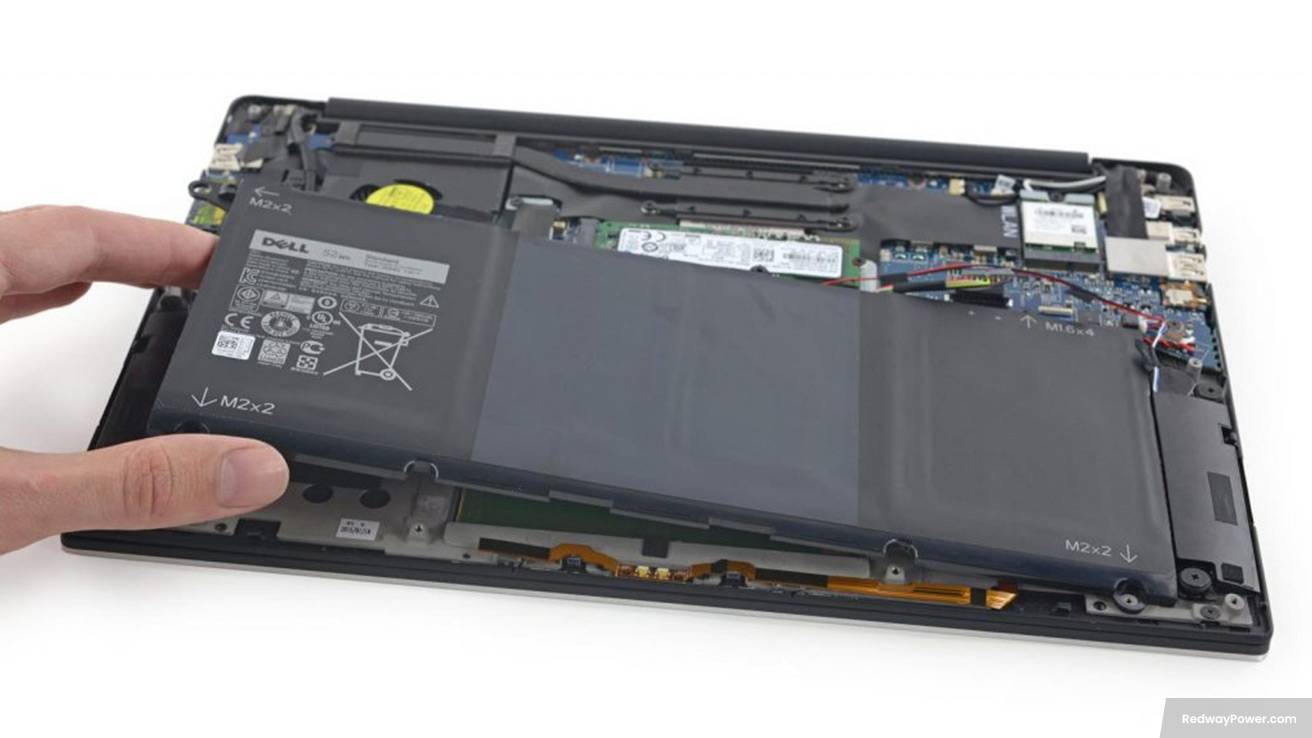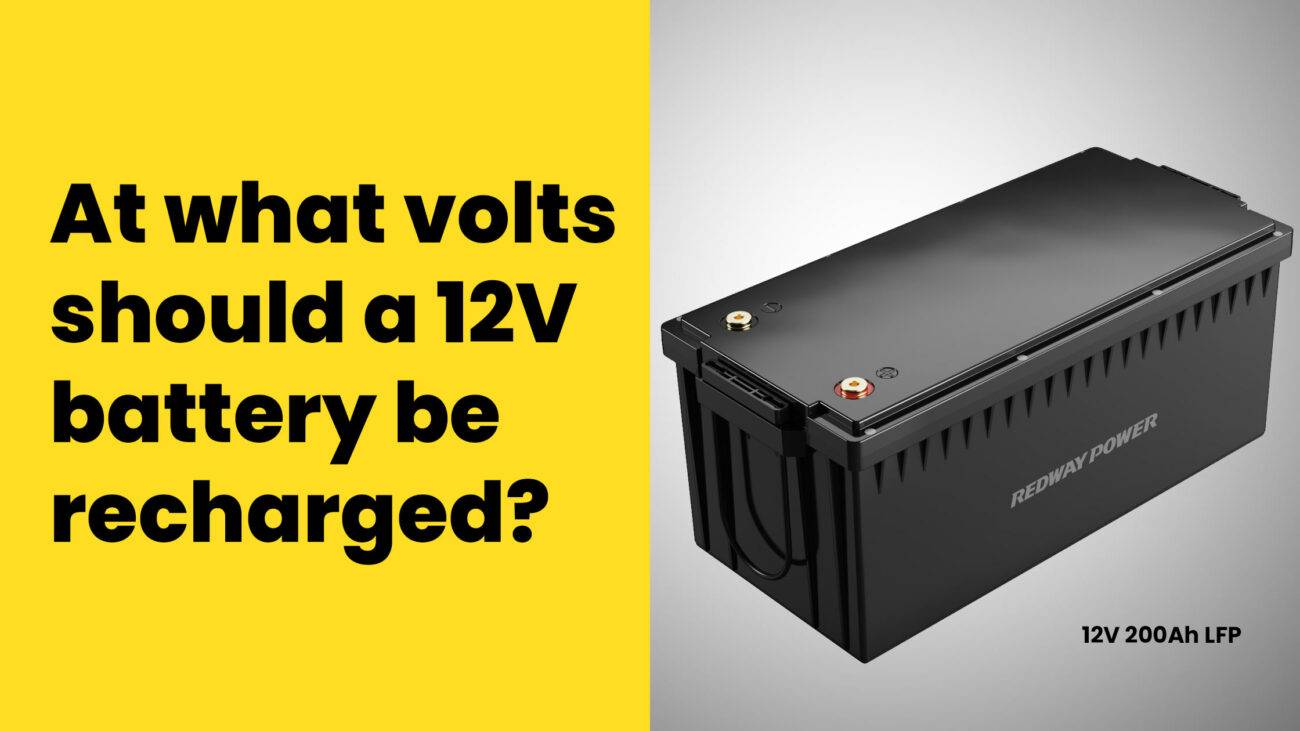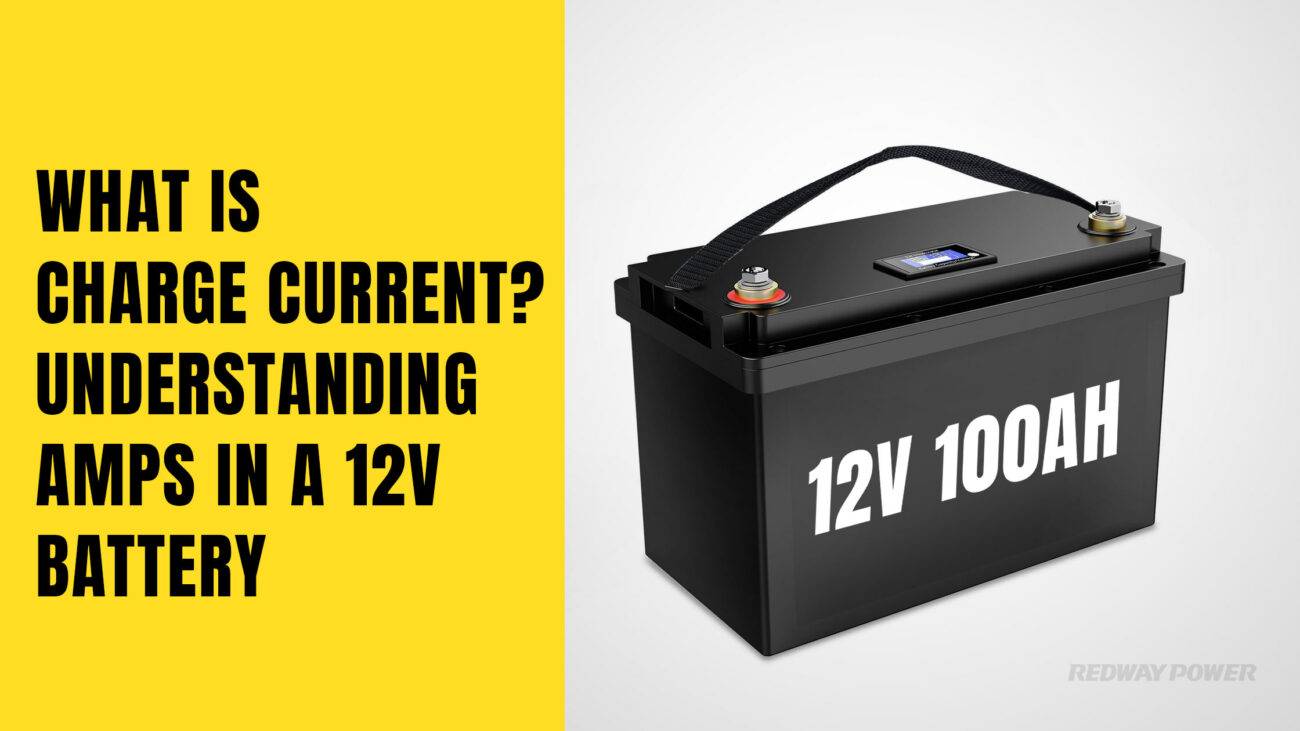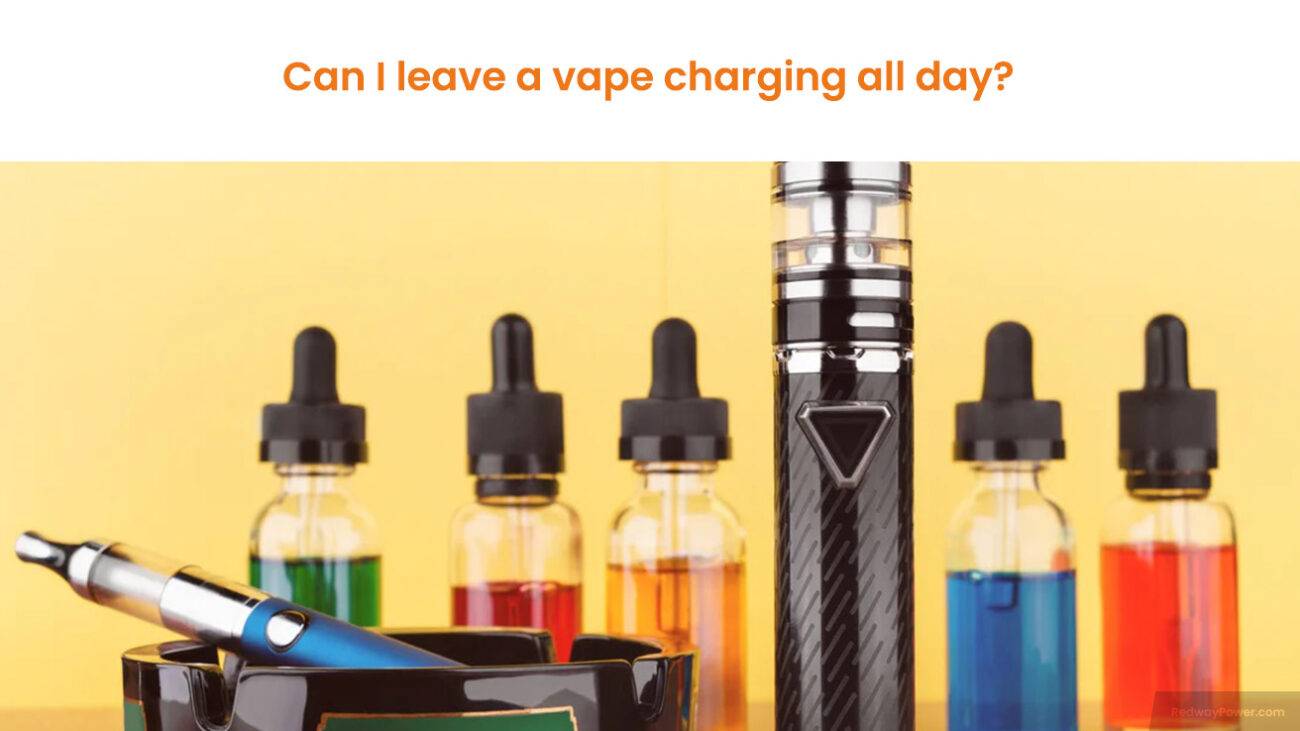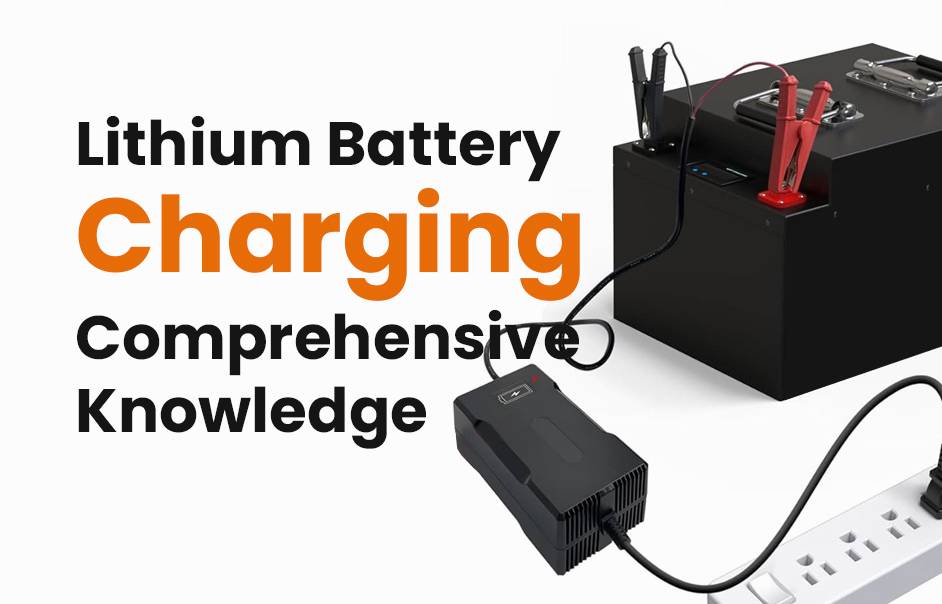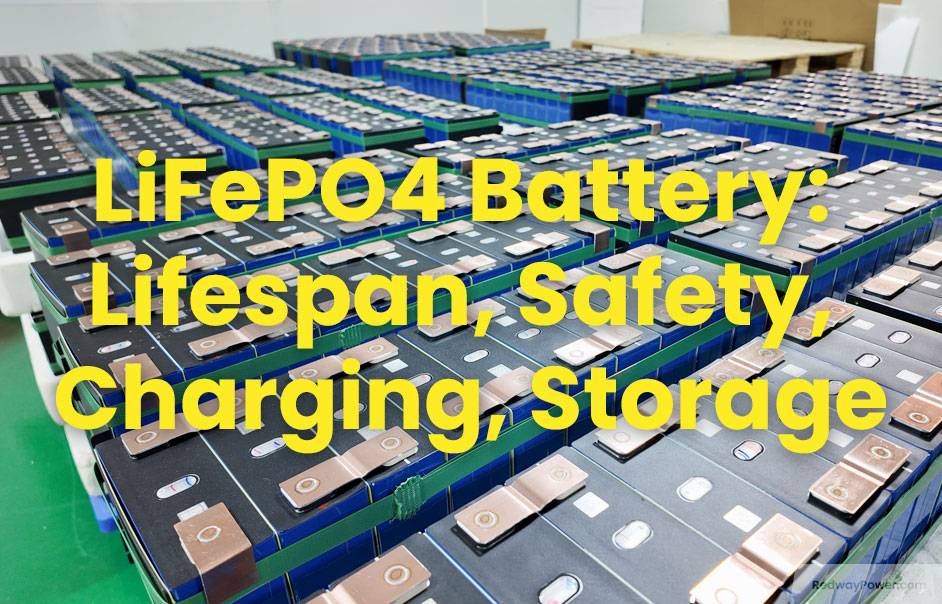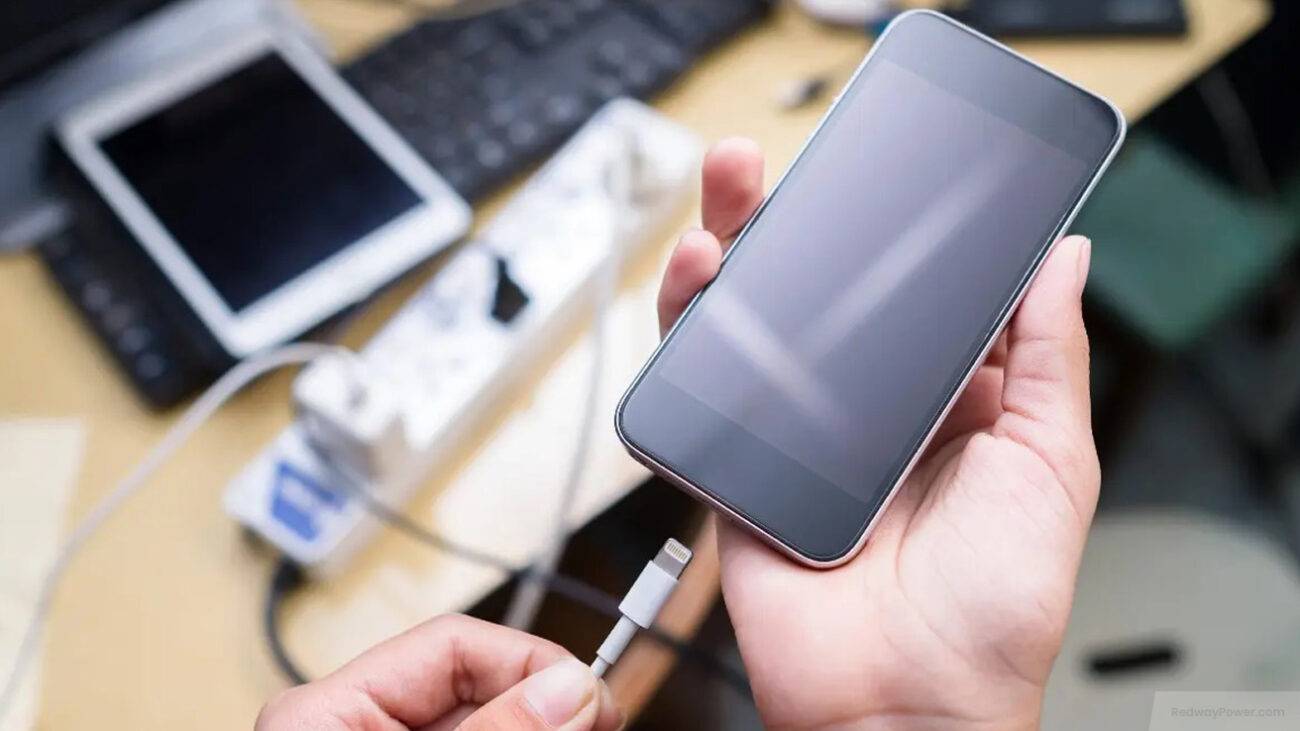Unlocking your device’s battery potential is like discovering a superpower. In this post, we explore the concept of charging up to 80% and why it’s the secret to prolonging your battery life. Get ready to learn how this simple tweak can make a significant difference in keeping your battery at its peak performance!
Understanding Battery Life and Charging
Battery life and charging are essential aspects of electronic devices. In this breakdown, we’ll explore what these terms mean and why the 80% charging rule is gaining popularity.
- Battery Life vs. Charging:
- Battery life: The duration a device can operate on a single charge, measured in hours or minutes.
- Charging: The process of replenishing a battery’s energy levels when connected to a power source.
- Optimal Charging Techniques for Lithium-ion Batteries:
- Lithium-ion batteries, common in smartphones and laptops, benefit from optimal charging practices.
- The 80% charging rule suggests stopping at 80% to reduce stress on battery cells and prevent wear-and-tear caused by constant high voltage levels.
- Benefits of the 80% Rule:
- Allowing breathing room within battery cells minimizes stress, contributing to increased longevity.
- Staying within the 80% range reduces heat generation during charging, another factor crucial for prolonging battery life.
While sacrificing a few percentage points of charge is a trade-off, the benefits in terms of extended battery lifespan and performance make the 80% charging rule a worthwhile strategy.
The 80% Rule: What It Is and How It Works
Battery life is crucial for our electronic devices, and the way we charge them plays a significant role. Explore the 80% charging rule, a strategy to extend battery life and maintain optimal performance.
- Battery Life Concerns:
- We rely on devices like phones and laptops, but understanding the impact of charging on battery life is essential.
- The 80% Rule Explained:
- Charging your device to only 80% reduces stress on battery cells, preventing faster degradation associated with full charges.
- Smart charging technology in most devices prevents overcharging, ensuring battery longevity.
- Benefits of the 80% Rule:
- Extends overall battery lifespan by reducing wear and tear from frequent full charges.
- Helps maintain better performance over time by minimizing the natural loss of capacity as batteries age.
Remember, while the 80% rule is a valuable strategy for long-term battery health, practicality may vary based on individual needs, especially during travel or when maximum power is necessary.
Benefits of Charging to 80%
Charging devices to 100% is a common practice, but the 80% charging trend is gaining traction for its potential benefits. Let’s explore why stopping at 80% might be more advantageous for your battery and overall device performance.
- Extended Battery Lifespan:
- Lithium-ion batteries degrade over time with repeated full charges.
- Charging to 80% reduces stress on battery cells, slowing down the degradation process and extending overall lifespan.
- Maintaining Optimal Performance:
- Consistent charging above 80% generates more heat in lithium-ion batteries, affecting efficiency.
- Partial charging keeps batteries cooler, optimizing performance and ensuring smoother operation.
- Improved Safety:
- Overcharging or exposure to excessive heat can make lithium-ion batteries unstable.
- Charging to 80% significantly reduces safety risks, minimizing the chances of accidents or damage from overheating.
While the 80% charging strategy offers benefits for battery health and performance, practicality may vary based on individual needs. Quick top-ups to 80% during daily use can be a feasible approach to enjoy improved durability, optimal performance, and increased safety.
Impact on Battery Longevity and Performance

Charging your device to only 80% can significantly impact battery longevity and performance. Let’s explore how this practice benefits your device and why it’s a smart strategy for maintaining optimal battery health.
- Prolonged Battery Lifespan:
- Charging to 80% reduces stress on battery cells, extending overall lifespan.
- Frequent full charges lead to degradation, causing the battery to hold less charge over time.
- Improved Performance:
- Batteries operate most efficiently when not fully charged or discharged completely.
- Maintaining a charge level between 20% and 80% ensures optimal device performance without unnecessary strain on the battery.
- Practical Considerations:
- While 80% charging offers benefits, it may not be practical in all situations, such as during extended usage or travel.
- For convenience in such cases, consider alternative strategies like carrying external batteries or portable chargers as backups.
Understanding the impact of different charging levels on battery life empowers you to make informed decisions for maintaining device health. Aim for around 80% charge to strike a balance between longevity and meeting your daily power needs.
Other Factors to Consider When Charging Your Device
Beyond the 80% rule, several factors play a crucial role in optimizing your device’s battery performance and lifespan. Let’s explore these considerations to ensure your charging habits contribute to the overall health of your battery.
- Temperature Matters:
- Charging your device at extreme temperatures (too hot or too cold) can negatively impact battery life.
- Optimal charging occurs at room temperature, promoting better battery health.
- Use the Right Charger:
- Using a charger not recommended or approved by the manufacturer may lead to overcharging or undercharging.
- Selecting the right charger is essential to preserve battery health and ensure proper charging cycles.
- Avoid Heavy Usage While Charging:
- Using your device intensely during charging generates heat and strains the battery.
- Minimize heavy usage while charging to prevent unnecessary stress on the battery.
- Avoid Full Discharges:
- Allowing your device to completely discharge before recharging stresses the battery unnecessarily.
- Avoid deep discharges to maintain battery capacity over time.
- Leverage Power Management Settings:
- Some devices offer built-in power management settings for optimizing battery performance.
- Familiarize yourself with these features and use them to enhance overall battery health.
By incorporating these factors into your charging routine along with the 80% rule, you’ll ensure your device’s battery enjoys a longer lifespan and maintains optimal performance.
Alternative Charging Strategies
Beyond the 80% rule, alternative charging strategies offer flexibility for different situations and devices. Let’s explore these alternatives, considering factors like avoiding deep discharge cycles, using slow chargers, and leveraging smart adaptive charging technologies.
- Top Off Throughout the Day:
- Instead of waiting for a complete drain, topping off your battery throughout the day can prevent deep discharge cycles and extend overall battery life.
- Opt for Slow Charging:
- Slow chargers deliver a lower charge current, reducing stress on the battery and minimizing heat buildup, even though the process may take longer.
- Explore Smart Adaptive Charging:
- Devices with smart adaptive charging adjust the charging speed based on factors like temperature and usage patterns, optimizing both performance and longevity.
- Consider Device-Specific Features:
- Some devices offer unique charging features tailored to their specifications; explore these options for an optimal balance between performance and battery health.
Remember, selecting the right charging strategy depends on individual preferences, device characteristics, and usage habits. Whether it’s adopting the 80% rule or exploring alternatives, a comprehensive approach to device care, including software updates and proper storage, contributes to extended device lifespan and sustained performance.

